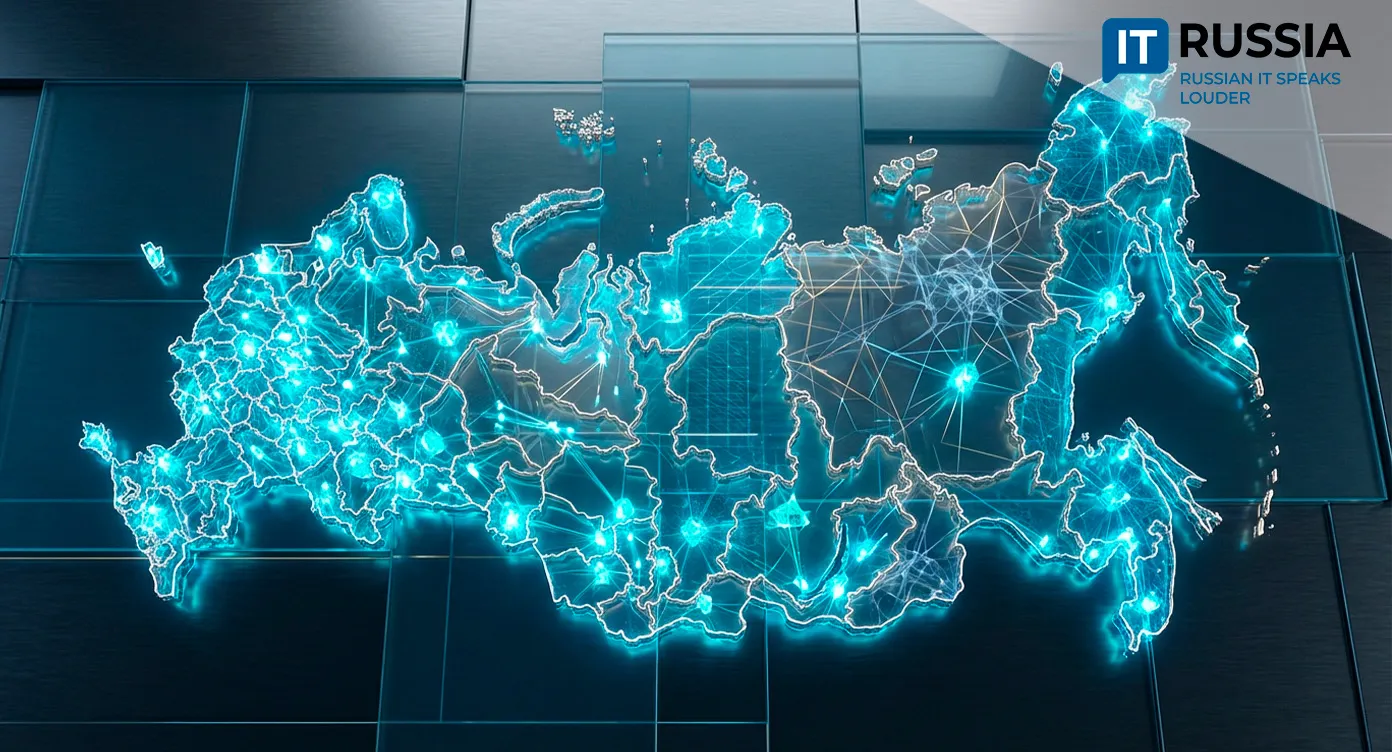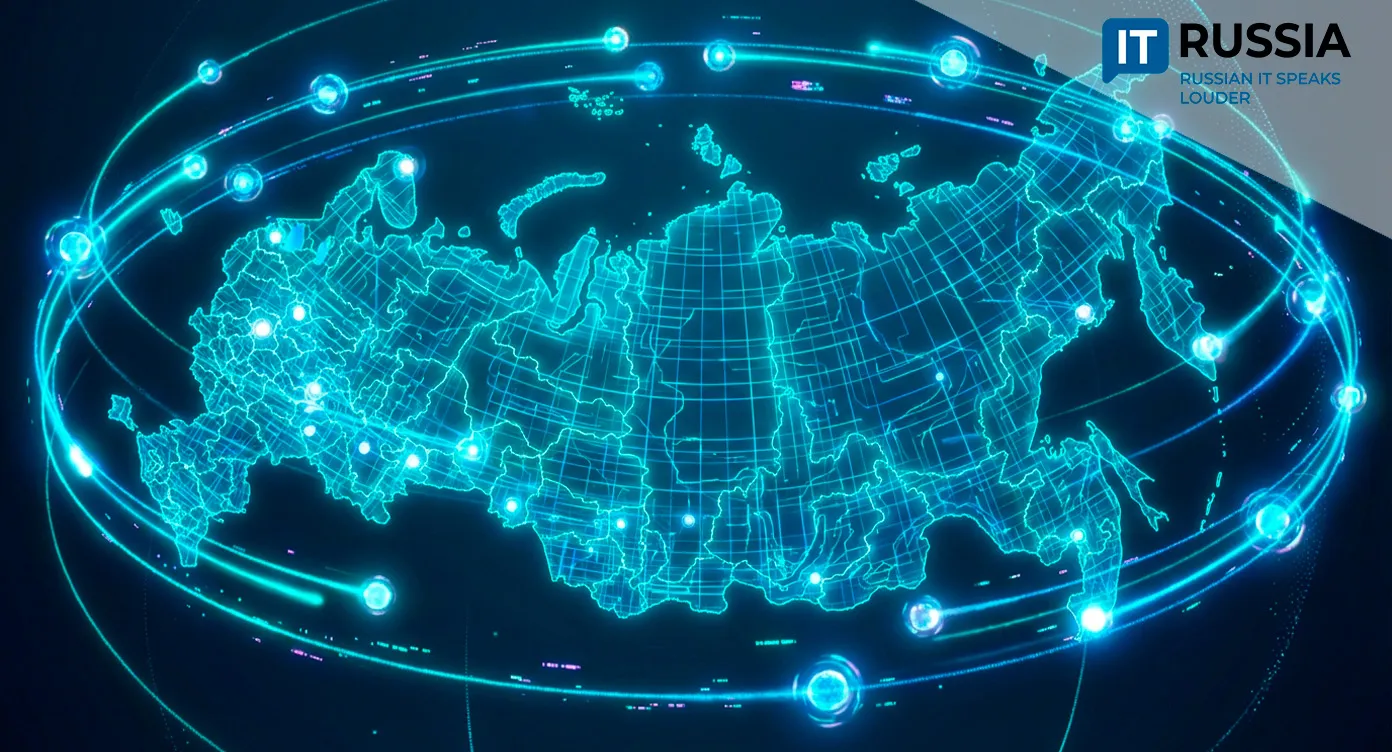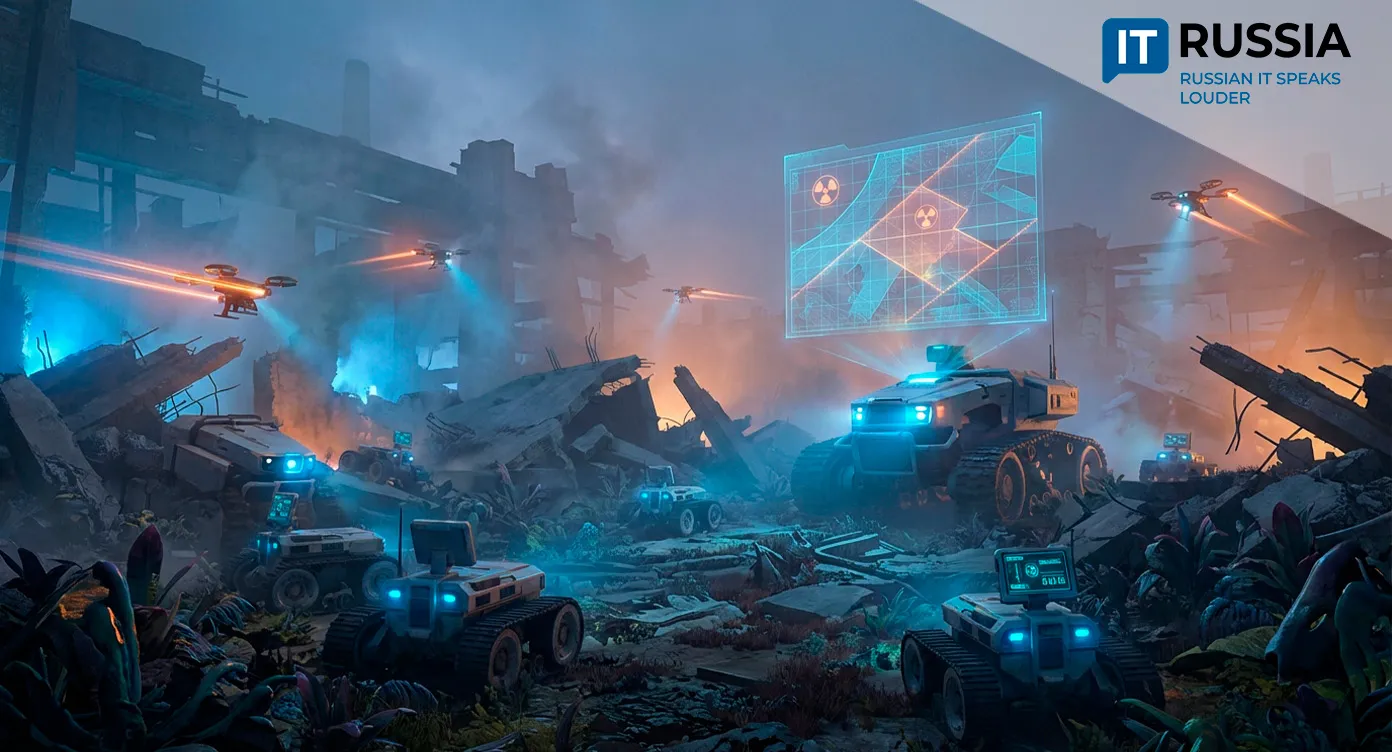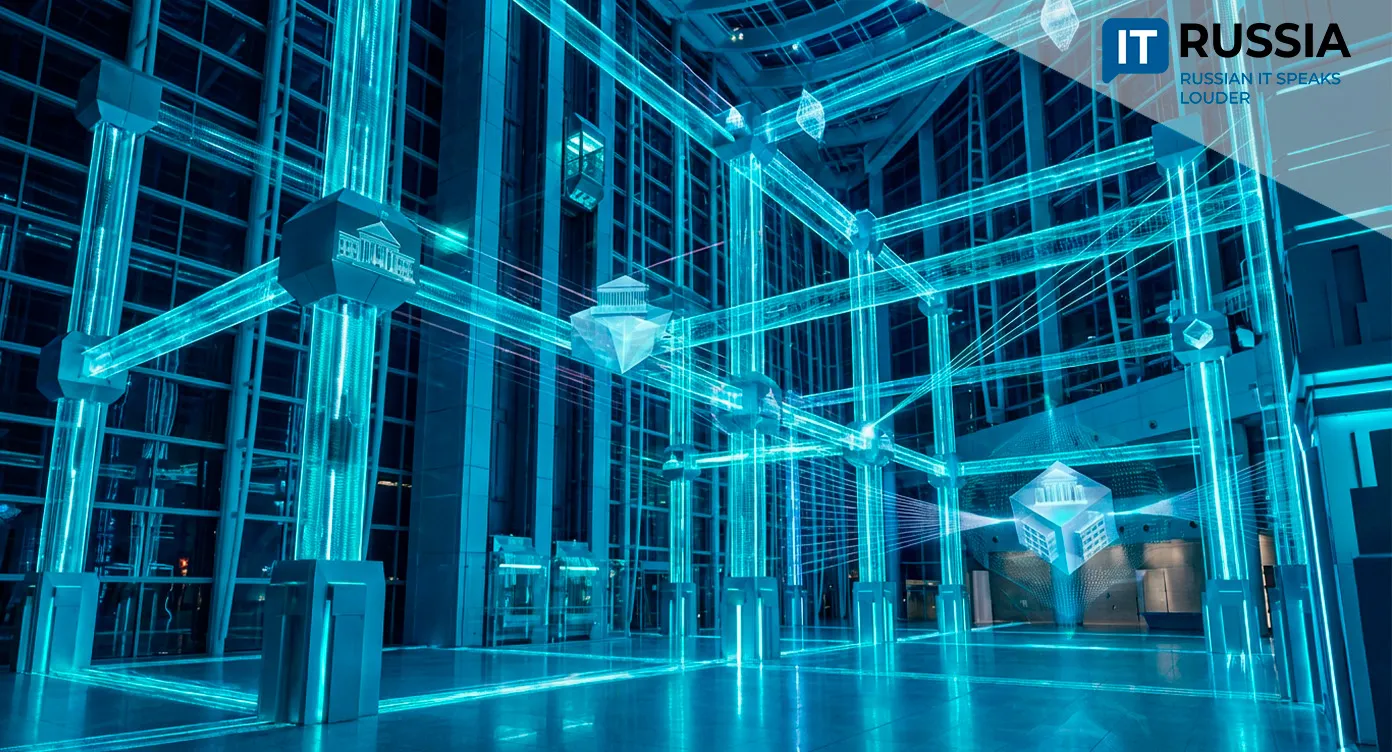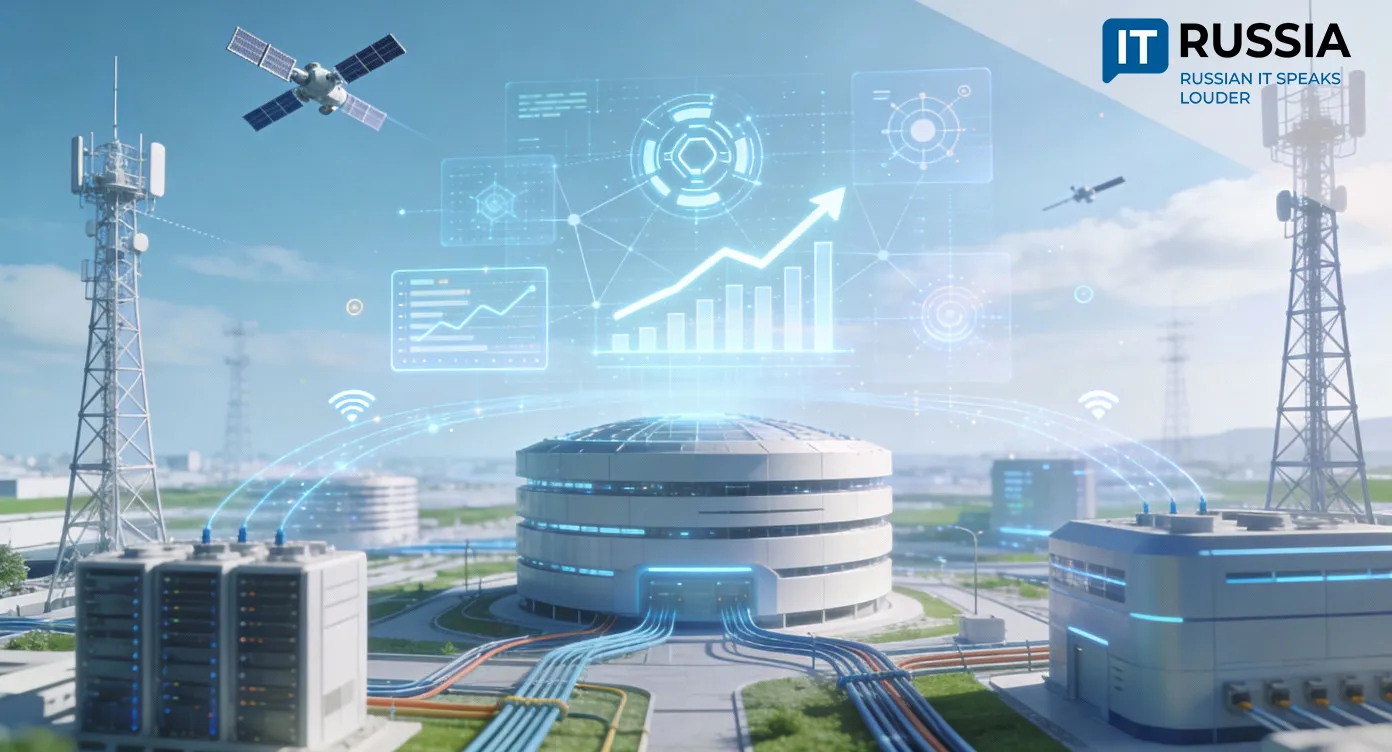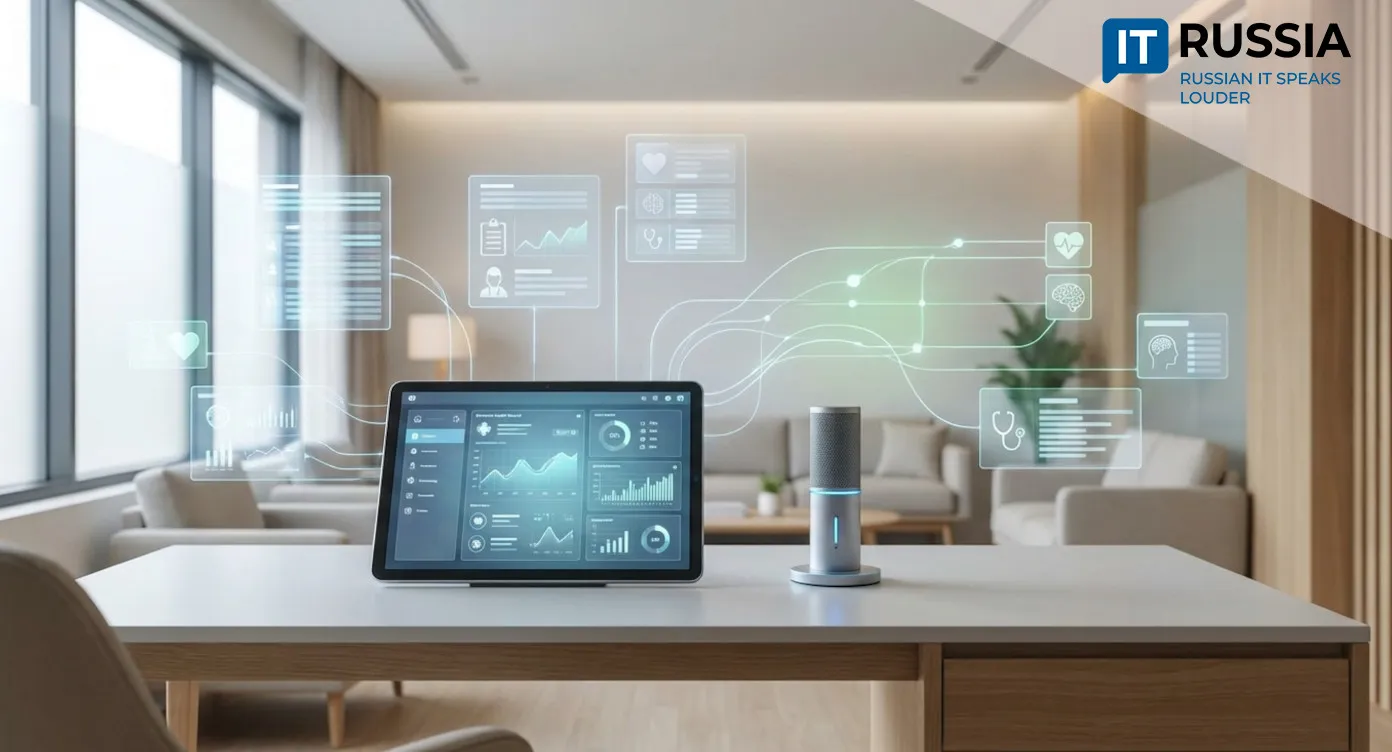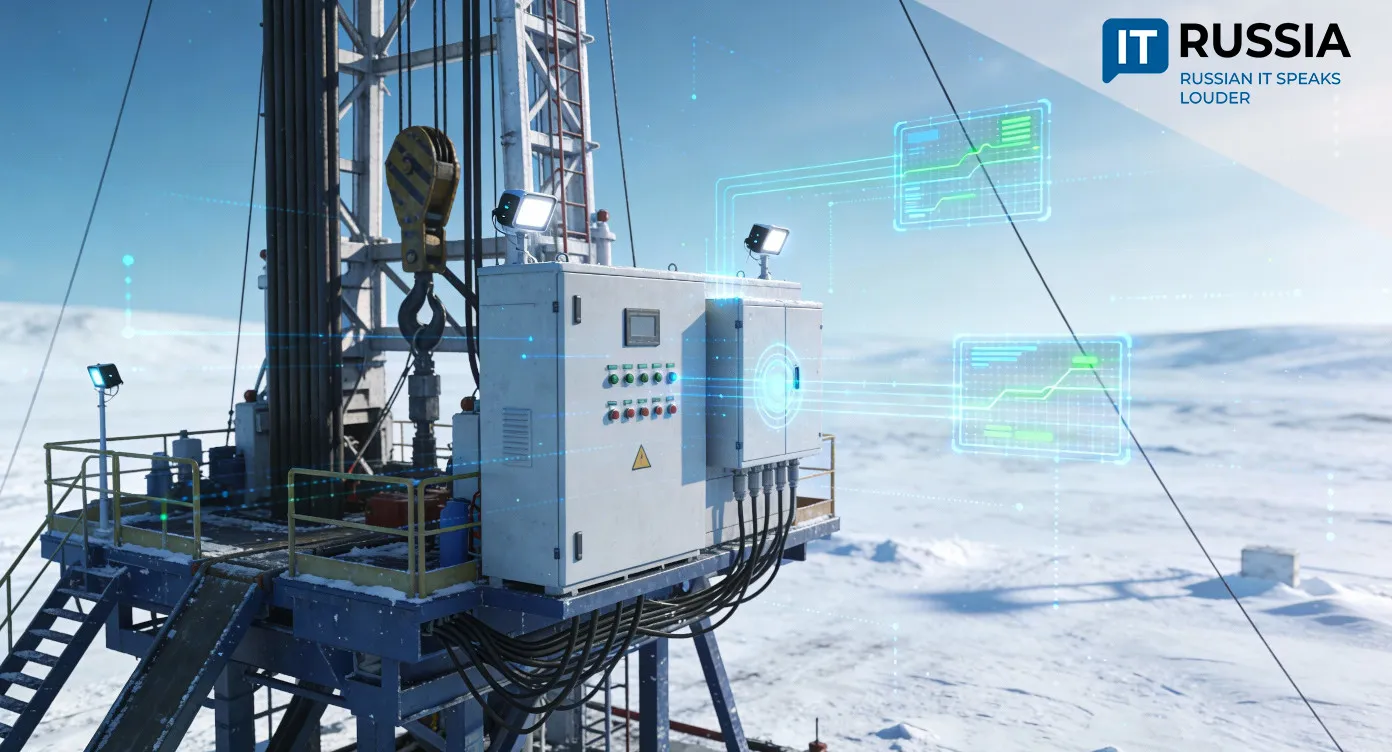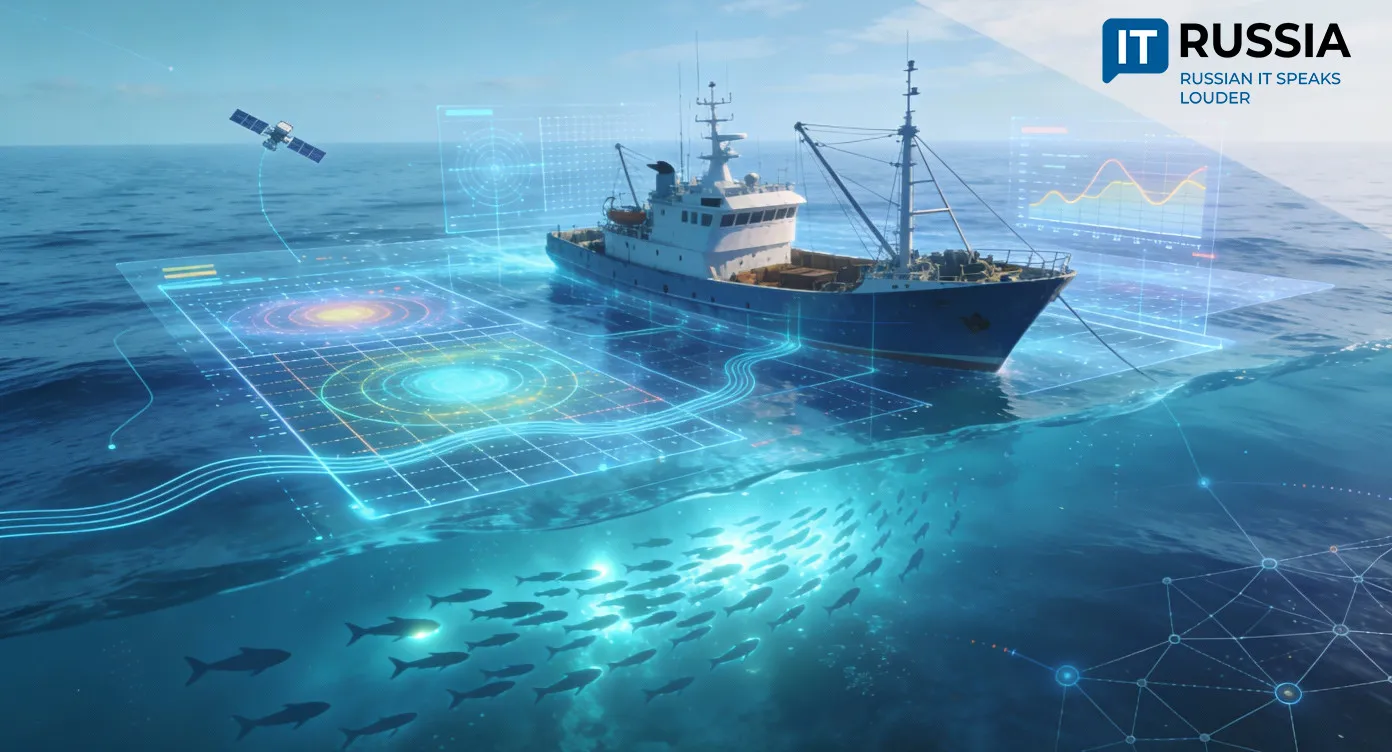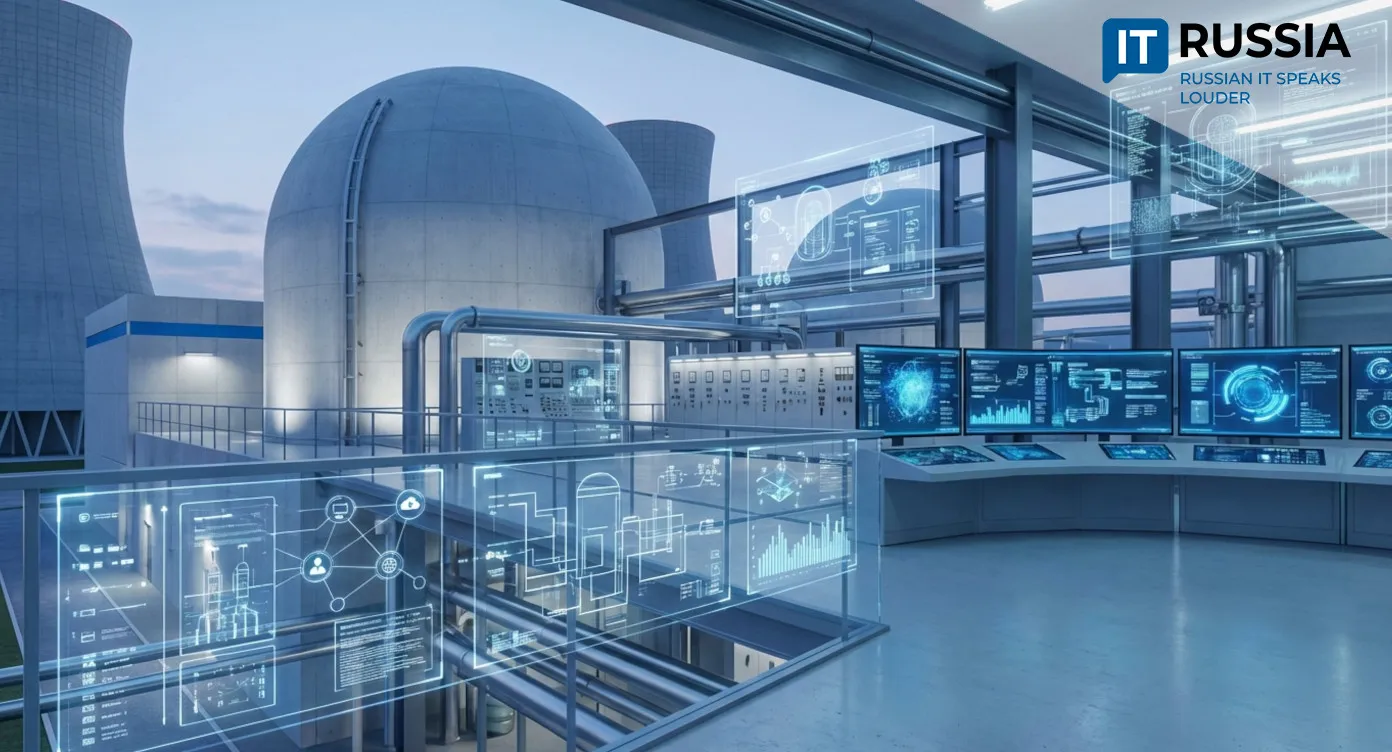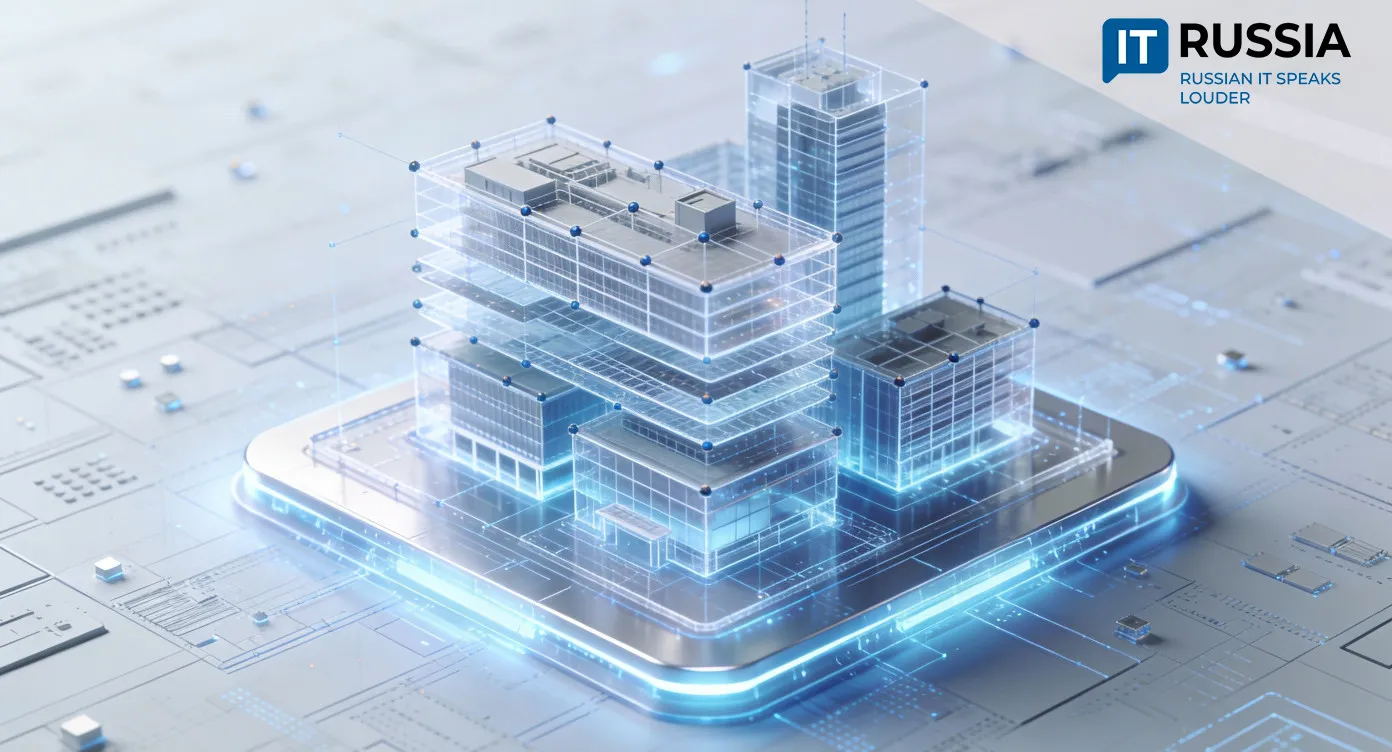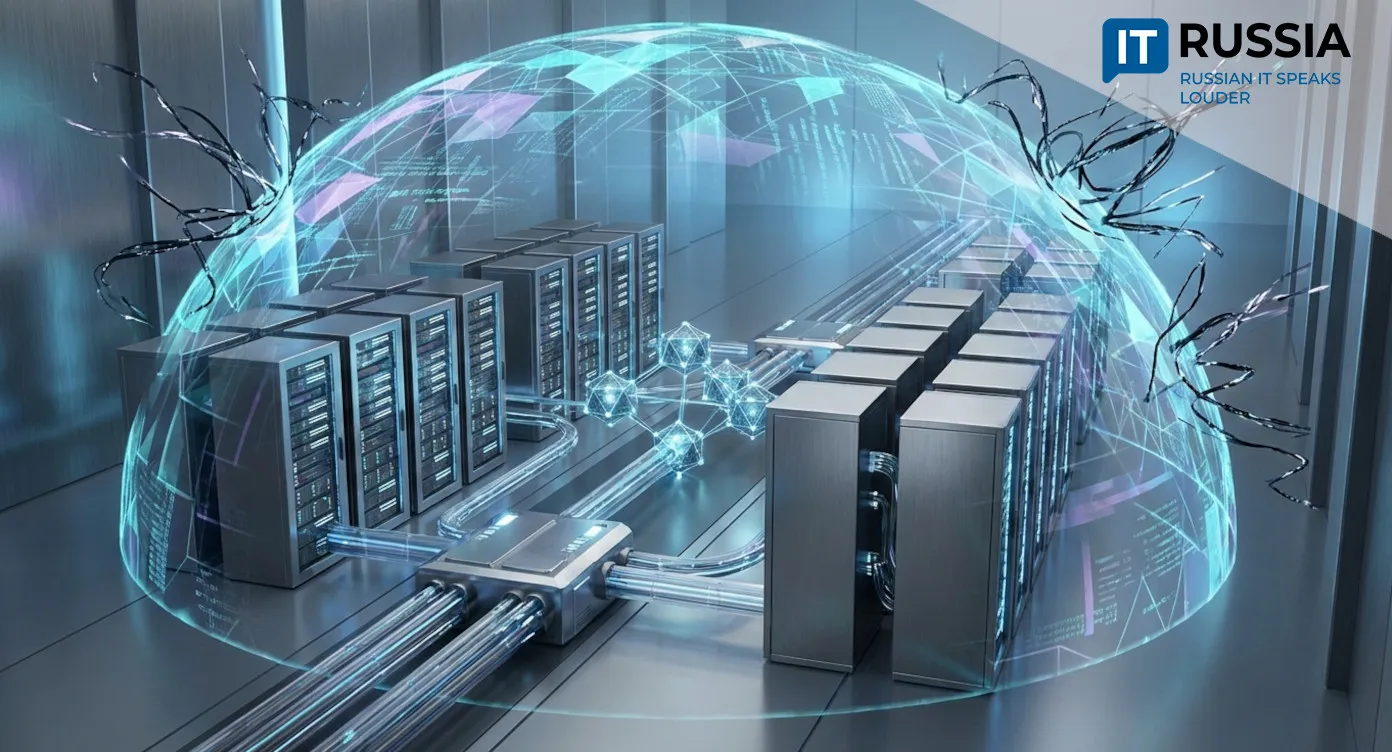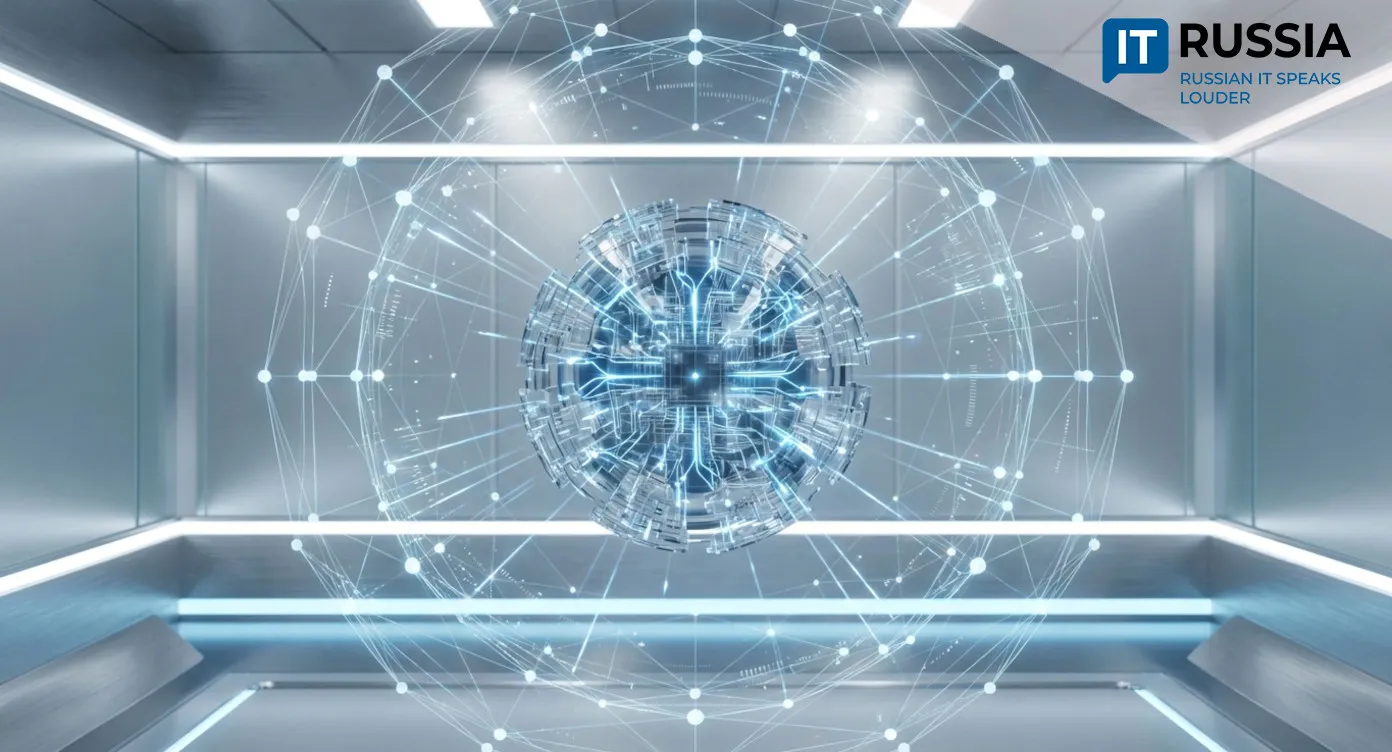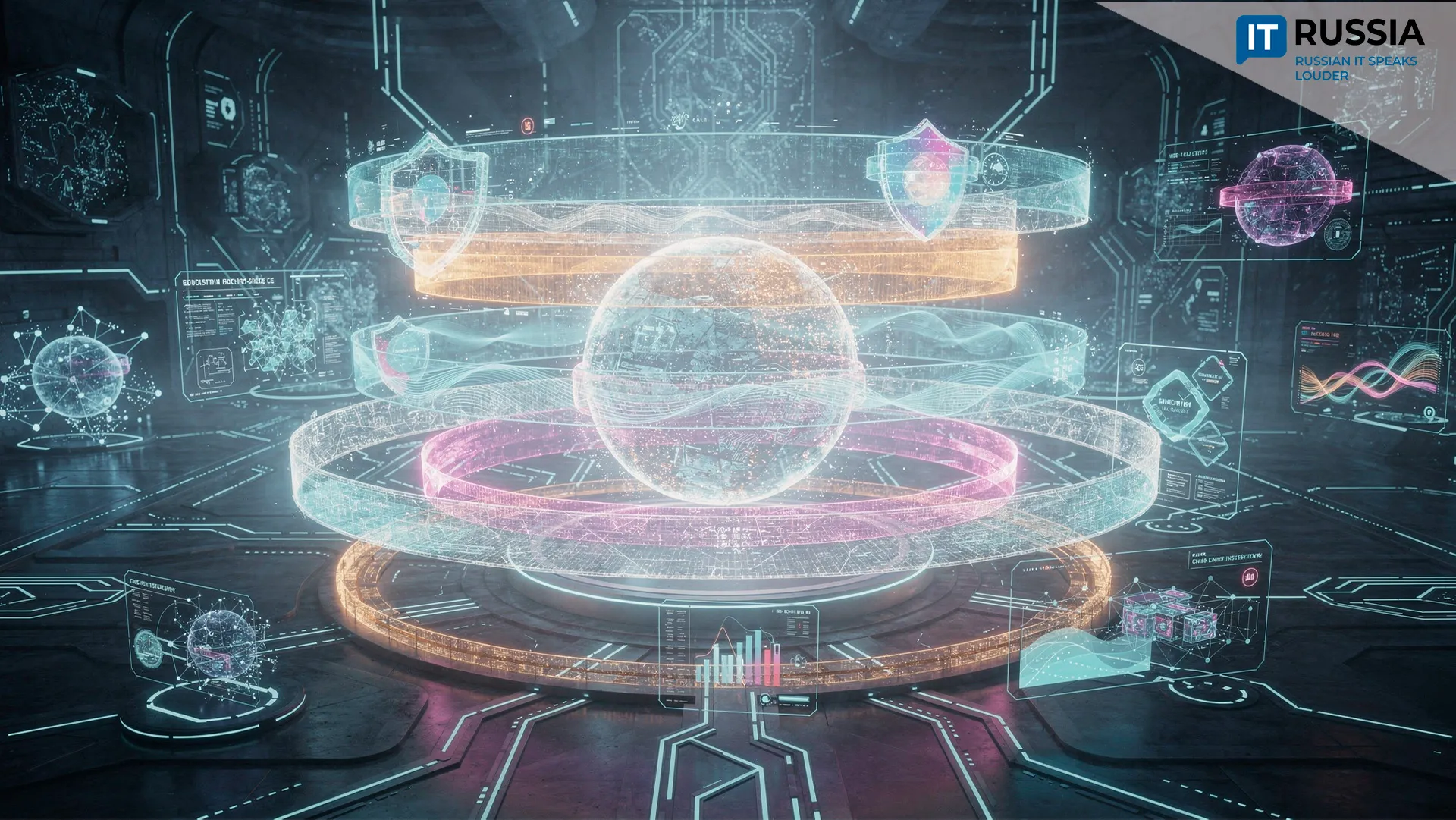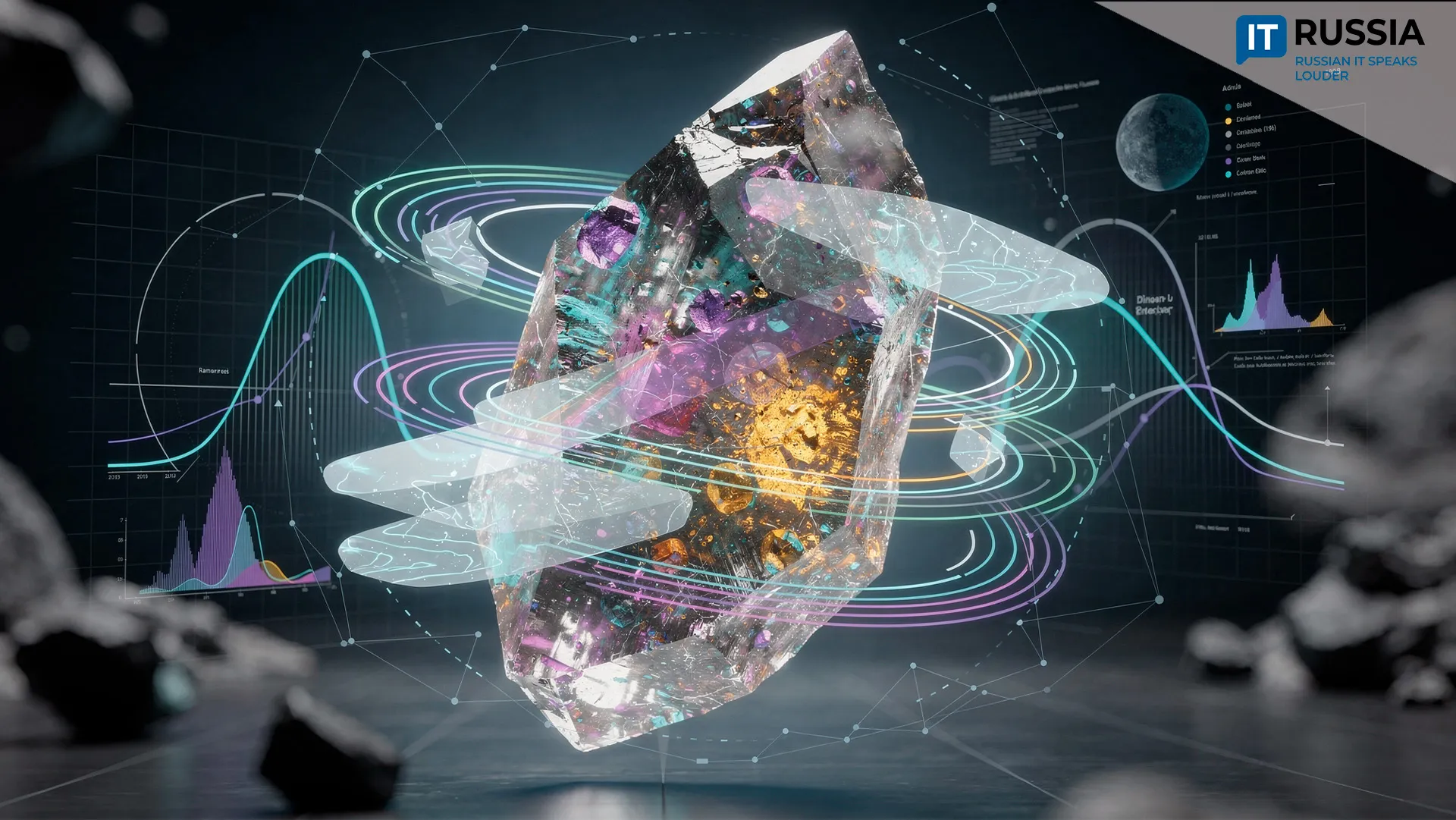Deeper Than Wells: Russia Builds Homegrown Digital Platforms for Oil and Gas
Modern oil and gas fields produce more than hydrocarbons—they generate vast volumes of data. Until recently, Western software platforms processed this seismic, well-log, and geophysical information. Now, Russian universities and companies are stepping in to fill the gap with indigenous digital solutions.
A Digital Gold Rush in Oil Codes
One of the most striking examples of science-meets-industry is the partnership between Novosibirsk State University (NSU) and drilling service provider BurService. Their goal is ambitious: to build a fully Russian software suite for interpreting seismic and geophysical data. The outcome will be digital twins of oil and gas fields—now indispensable for modern exploration and production.
By the end of this year, Russian oil majors are expected to migrate from makeshift solutions or leftover Western software to this new platform, developed and controlled entirely by Russian specialists. A pilot is already underway—not a paper concept, but actual code ready for field testing.
Gathering Digital Stones
The exit of Western software left a gaping hole that companies tried to patch with ad hoc tools. Now, Russia has a chance to build a comprehensive system under its own control. Import substitution 2.0 is more than swapping one interface for another. It is about creating a digital foundation for key industry decisions: Where should we drill? How can we extract more efficiently?
Fundamental research at NSU is now feeding directly into industrial products. Machine learning and big data analytics are moving from academia to field deployment. Accurate digital models lower the risk of dry wells and optimize reservoir management—ultimately delivering more hydrocarbons at lower cost.
The project also stimulates demand for 'IT drillers'—specialists in software engineering, data analysis, and industrial testing—creating high-skilled jobs across Russia’s IT and energy sectors.
Export Potential
Russia’s new digital well platform is also designed with export in mind, especially for countries under Western sanctions or those seeking alternatives to dominant vendors. Using PostgreSQL and open-source ML algorithms is a deliberate strategy to minimize sanction risks and maximize global appeal. Potential markets span Asia, Africa, and Latin America.

Cross-platform compatibility and support for Russian operating systems ensure wide adoption domestically. Multi-user access is built in to meet the needs of large oil and gas companies. Crucially, the system is designed for continuous updates—integrating new algorithms, sensors, and data sources. This is not a frozen product but a living, evolving platform.
Import Substitution at the Core
Software import substitution has been a pressing issue for the oil and gas sector over the past three years. Yet successful deep collaborations between universities and industry to build complex industrial IT solutions remain rare. Oil and gas exploration demands the highest levels of precision, and many past attempts fell short.
Today, Russia’s digital well is entering its 'drilling phase.' By the end of 2025, the NSU–BurService pilot will undergo its first industrial tests. Next steps include integration, refinement, and scaling across national companies. If successful, the project could serve as a catalyst for other sectors—machine building, pharmaceuticals, chemicals—where universities provide intellectual capital and businesses contribute resources and market expertise.

Adding momentum, NSU recently received a grant of 210 million rubles (about $2.4 million) to develop innovative oil extraction methods. One of the targets is creating a 'digital core' technology to improve development of hard-to-recover oil and gas reserves.




